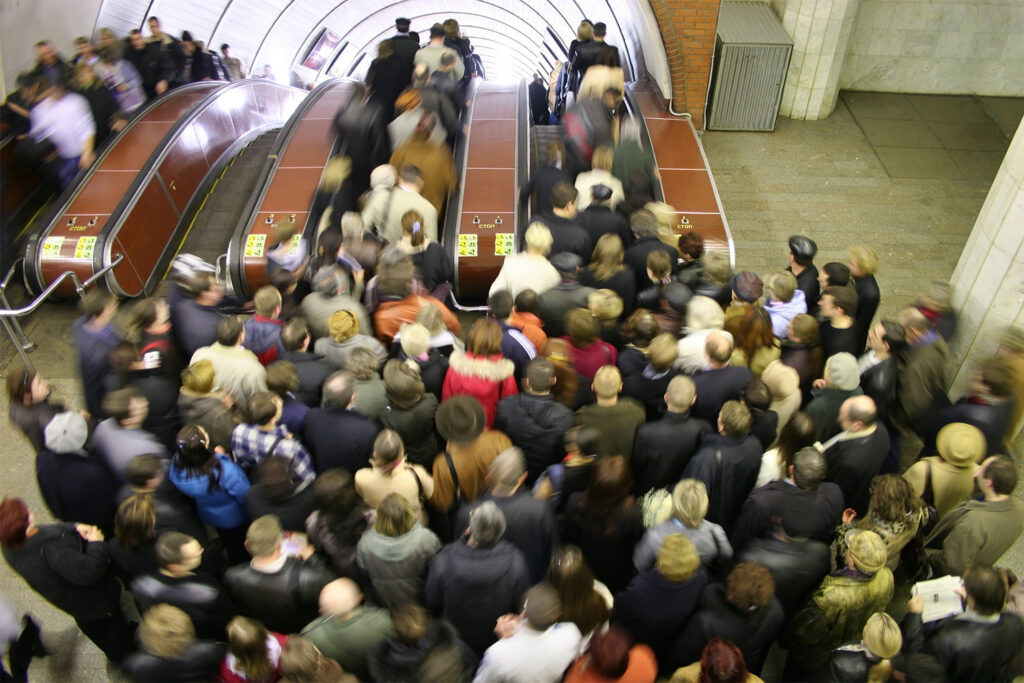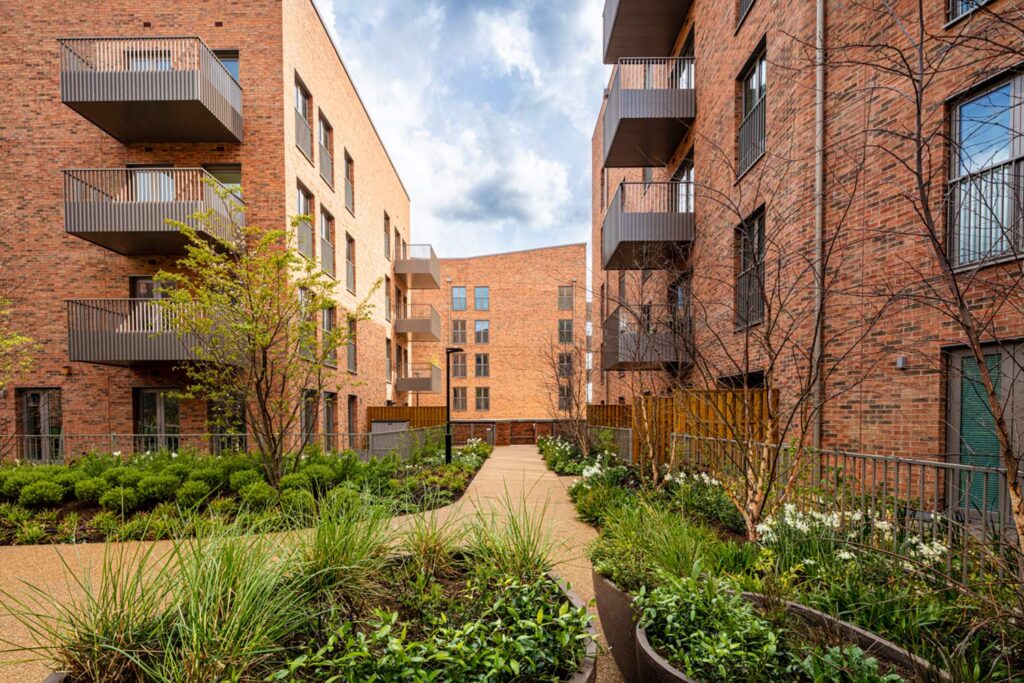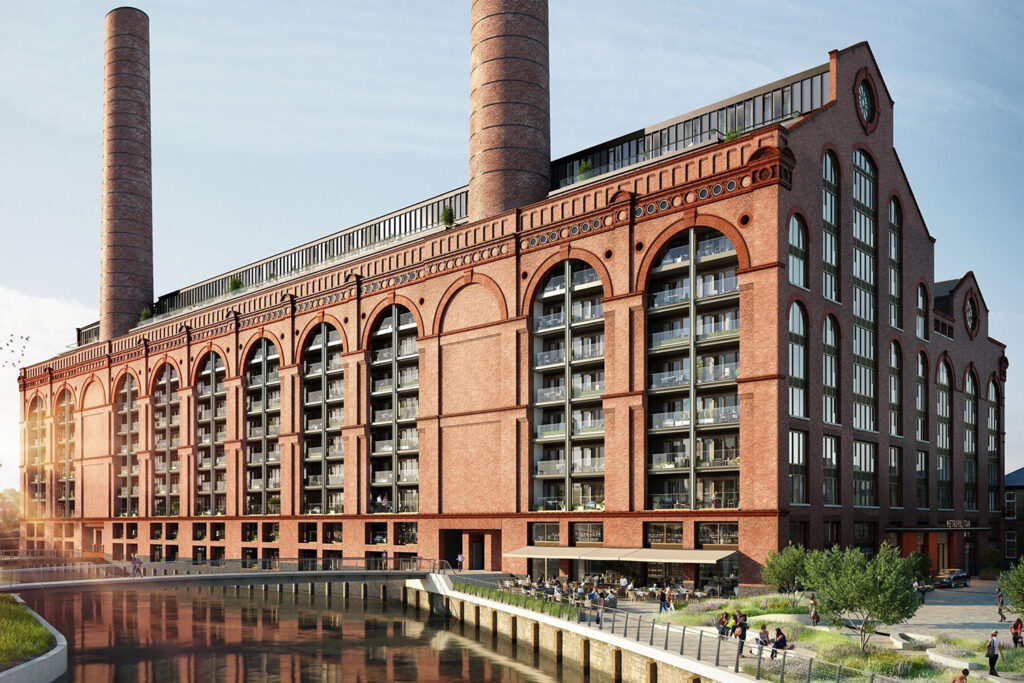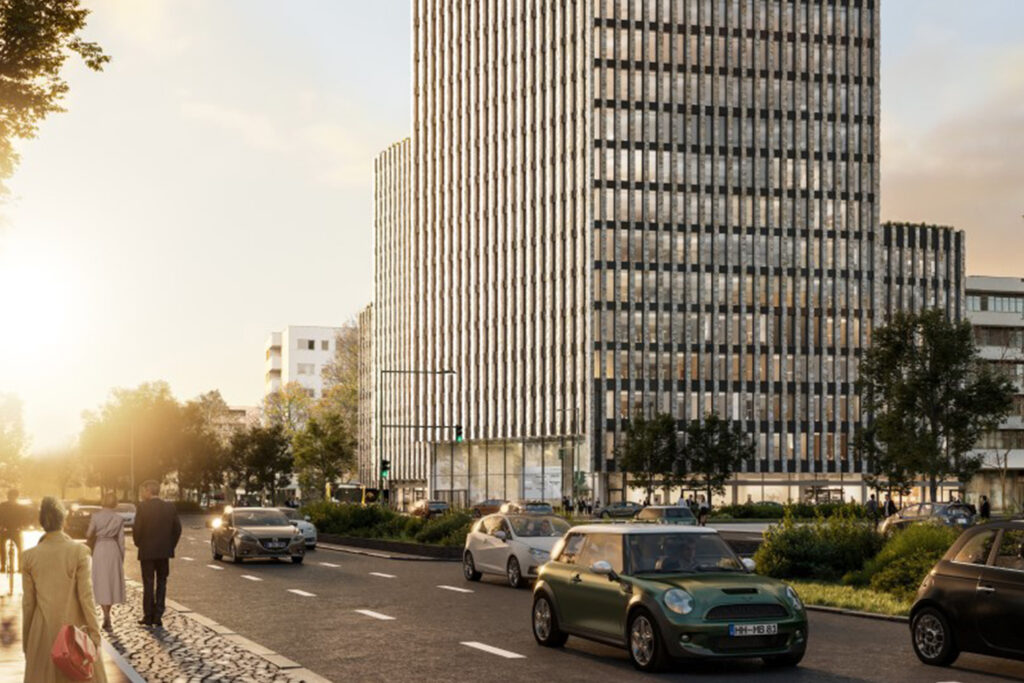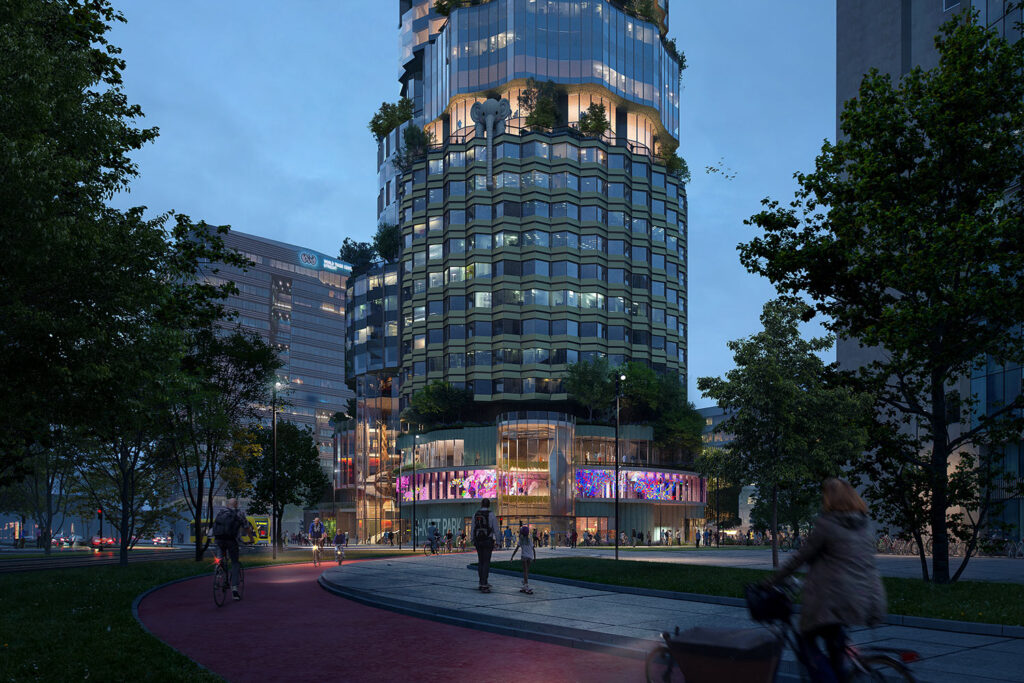How do we make our cities more resilient
Resilience is defined as the ability to prepare for, adapt to and quickly rebound from shocks and stresses. Building resilience is about making people, communities and systems better prepared to withstand catastrophic events, both natural and man made and able to bounce back more quickly and emerge stronger from these shocks and stresses. The percentage of the World’s population in cities has increased significantly over the past century 10% in 1913, 50% in 2013 and is predicted to be 75% by 2050. The cost of urban disasters in 2011 alone was estimated at over £227 billion.
But this leaves us with a pressing question, how do we make our cities more resilient?
The Rockefeller foundation have launched a centennial challenge called ‘100 Resilient Cities.’ Choosing 100 cities globally they, in collaboration with experts, are looking to develop and implement plans for urban resilience. The first round of cities were announced at the end of last year and two were in the United Kingdom; Bristol and Glasgow. As Head of Risk & Resilience at Buro Happold, I attended the first workshop in Bristol and found it engaging and interesting.
George Ferguson, mayor of Bristol, opened proceedings and talked for a need to mitigate risk, specifically in relation to being more energy independent and utilising green rather than nuclear fuels. He also talked about the need to collaborate with adjacent counties with regard to resilience, because of interdependencies and the need for ‘big’ and “small” resilience both at the city and neighbourhood levels.
Michael Berkowitz, from the Rockefeller Foundation, then talked us through the program and the need to create a framework for resilience defined as ‘evolutionary resilience’; the ability of a city to maintain essential functions and to evolve and emerge stronger in the face of acute shocks and chronic stresses.
The attendees of the workshop comprised stakeholders from Bristol and the surrounding areas, largely Bristol City Council and emergency service providers. We were split into seven groups and the first task was to identify shocks and stresses that could impact Bristol.
We were asked to focus on a shock or stress element and define its impact based on eight core essential functions of a city; meet basic needs, safeguard human life, protect, maintain and enhance assets, engaged citizens and cohesive communities, enforce rule of law and justice, generate and share information and innovation, support livelihoods and foster economic prosperity.
Our group focused on fuel supply and came up with the need for more community liaison and preparedness training, and the need for more energy independence on the individual level. Initiatives such as the wind farm at Avonmouth and similar schemes were discussed as well as incentives for better insulating houses to reduce energy costs.
During the break, I asked Michael if he had thought about how they would measure resilience, as I think it is an important requirement, in terms of setting performance criteria. Their plan is to develop metrics around the eight core functions so I will be interested to see what emerges.
Moving forward, we at Buro Happold are focusing on four key themes for our resilience offer; mitigation, preparedness, response and recovery. Resilience is a clear focus in the cities space and whilst we may not know the best way to measure resiliency in cities at present, it is a pressing question that needs to be answered and one that we are working on!

